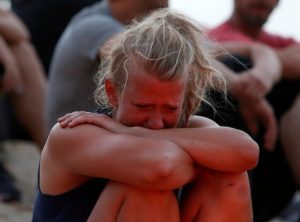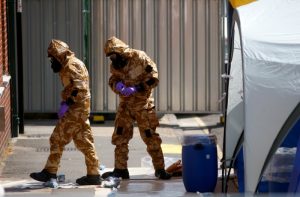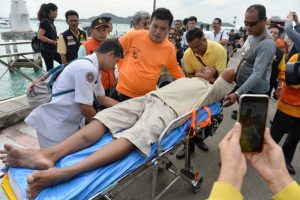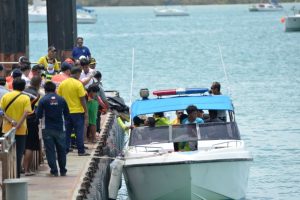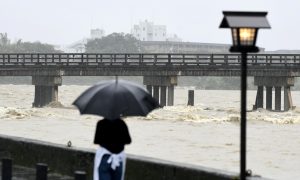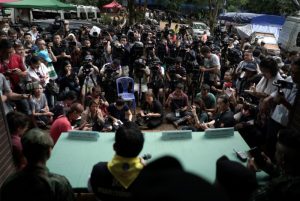
By Sruthi Shankar and Savio D’Souza
(Reuters) – U.S. stocks edged higher on Friday on stronger-than-expected job growth in June, offsetting concerns from a trade war between the United States and China.
Nonfarm payrolls increased by 213,000 jobs last month, the Labor Department said, topping expectations of 195,000, while the unemployment rate rose from an 18-year low to 4.0 percent and average hourly earnings rose 0.2 percent.
The moderate wage growth could allay fears of a strong build-up in inflation pressures, keeping the Federal Reserve on a path of gradual interest rate increases.
“It was what the market wanted to see: more jobs created than expected, wage growth moderate and creating jobs where you want to see them … It’s not just creating jobs it’s creating careers,” said J.J. Kinahan, chief market strategist at TD Ameritrade in Chicago.
The strong jobs data follows the minutes of the Federal Reserve’s latest policy meeting which showed policymakers discussed if recession lurked around the corner and expressed concerns trade tensions could hit an economy that by most measures looked strong.
Earlier stock futures were set for a more cautious start after the United States and China imposed tariffs on each other’s goods worth $34 billion, with Beijing accusing Washington of starting the “largest-scale trade war.”
President Donald Trump warned the United States may ultimately target over $500 billion worth of Chinese goods, but global markets remained broadly sanguine, though concerns about the conflict escalating capped appetite for risk.
“The expectation of things is always worse for the market than the reality,” said Kinahan. “We certainly have to pay attention to trade but it’s been expected for a long time.”
At 9:54 a.m. EDT the Dow Jones Industrial Average was down 19.67 points, or 0.08 percent, at 24,337.07, the S&P 500 was up 4.26 points, or 0.16 percent, at 2,740.87 and the Nasdaq Composite was up 34.68 points, or 0.46 percent, at 7,621.10.
Eight of the 11 major S&P sectors were higher, led by a 0.8 percent jump in the S&P healthcare index.
Biogen jumped 17.8 percent after the company and Japanese drugmaker Eisai Co said the final analysis of a mid-stage trial of their Alzheimer’s drug showed positive results.
Among the decliners were industrials, energy and materials indexes.
Boeing, the single largest U.S. exporter to China, slipped 0.7 percent and Caterpillar dropped 1.3 percent.
The Philadelphia Semiconductor index, which is made up of chipmakers most of whom rely on China for a substantial chunk of revenue, dropped 0.4 percent.
Advancing issues outnumbered decliners by a 1.65-to-1 ratio on the NYSE and by a 2.07-to-1 ratio on the Nasdaq.
The S&
P index recorded 10 new 52-week highs and two new lows, while the Nasdaq recorded 67 new highs and nine new lows.
(Reporting by Sruthi Shankar and Savio D’Souza in Bengaluru; Editing by Arun Koyyur)

